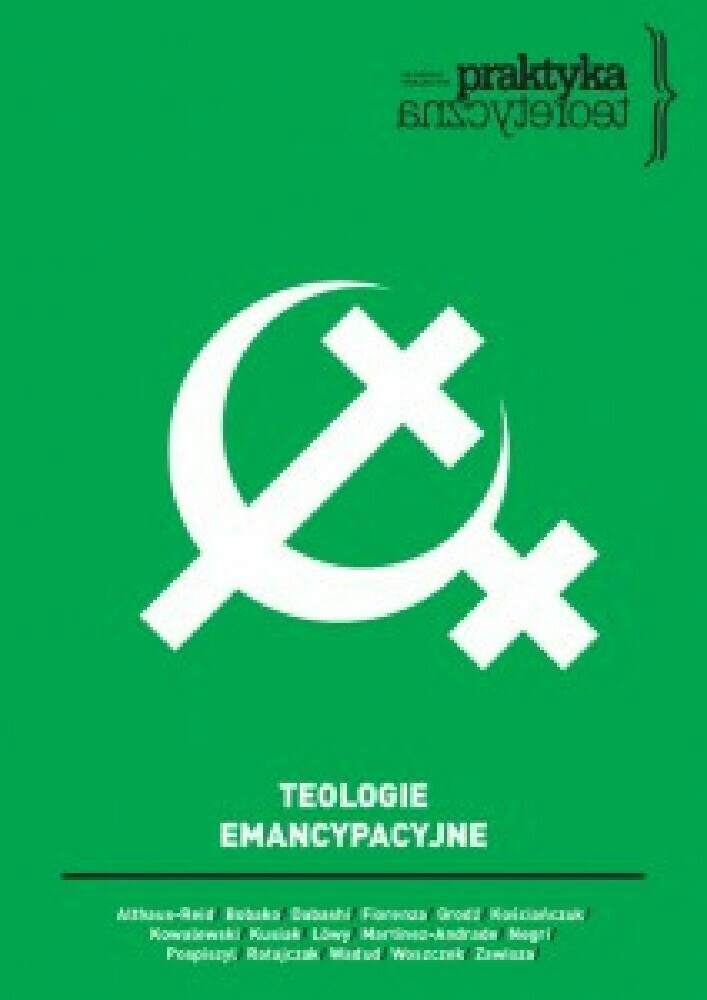Abstract
In his methodology as well as his political thought Benjamin remains
faithful to the principle to proceed “always radically, never consistently”. Therefore,
the greatest challenge for a contemporary city researcher inspired by Benjamin is to
operationalise his materialist methodology. Benjamin’s anthropological materialism
cannot be reached within the fixed limits of any discipline, but rather places itself
“on the crossroads of magic and positivism” (Adorno); the dialectical image is not
a tool of his methodology but its culminating point where positivism turns to magic.
To reach this point, Benjamin conducts perceptive and analytical experiments that
can be treated as dialectical études, exercises in seeing. The paper examines some of
these techniques, exploring their philosophical context and testing them on a contemporary
example: the Ernst-Thälmann-Monument in Berlin.
References
Adorno, T.W., W. Benjamin 1994. Briefwechsel 1928-1940. Frankfurt.
Benjamin, W. 1991. Gesammelte Schriften. Frankfurt.
Benjamin, W. 1997. Gesammelte Briefe. Frankfurt.
Benjamin, W. 2005. Pasaże. Kraków.
Berdet. M. ,,Eight Thesis on Phantasmagoria.”
http://anthropologicalmaterialism.hypotheses.org/611/.
Berdet, M. ,,Seven Short Temporary Statements on Anthropological Materialism.” http:// anthropologicalmaterialism.hypotheses.org/822/.
Berdet, M. ,,What is Anthropological Materialism?” http://anthropologicalmaterialism.hypotheses.org/644/.
Buck-Morss, S. 1989. The Dialectics of Seeing: Walter Benjamin and the Arcades Project. London.
Khatib, S. ,,Karl Marx, Walter Benjamin and the Spectre of the Messianic: Is There a Materialist Theory of Time?” http://hypotheses.org/12052/.
Osborne, P. 2005. ,,Quasi-messianic Interruption.” W Walter Benjamin: Critical Evaluations in Cultural Theory, t. 1. New York.
Saunders, P. 2010. ,,The Ghosts of Lenin, Thalmann and Marx in the Post-Socialist Cityscape.” German Life and Letters 63.
Soost, H. 2001. ,,Gas und Koks, Ruß und Staub.” Berlinische Monatsschrift 4.
License
“Theoretical Practice” seeks to put into practice the idea of open access to knowledge and broadening the domain of the commons. It serves the development of science, thinking and critical reflection. The journal is published in open-access mode under the CC-BY-NC-SA 4.0 license (detail available here: http://creativecommons.org/licenses/by-nc-sa/4.0/). Articles published in the journal may be freely distributed, stored, printed and utilized for academic and teaching purposes without restrictions.
They should not be, however, used for any commercial purposes or be reconstructed into derivative creations. Access to the journal may not be limited or offered for a fee by any third party.
Prospective authors are obliged to fill in, sign and send back the publishing contract compliant with the CC licencing. [PL.pdf, PL.doc, EN.pdf,EN.doc].
According to this contract, authors grant the journal a non-exclusive right to publish their work under the creative commons license (CC-BY-NC-SA 4.0) without any financial obligation on both sides of the contract.
Before submission authors should make sure that derivative materials they use are not protected by copyright preventing their non-commercial publication. Authors are responsible for any respective copyright violations.
